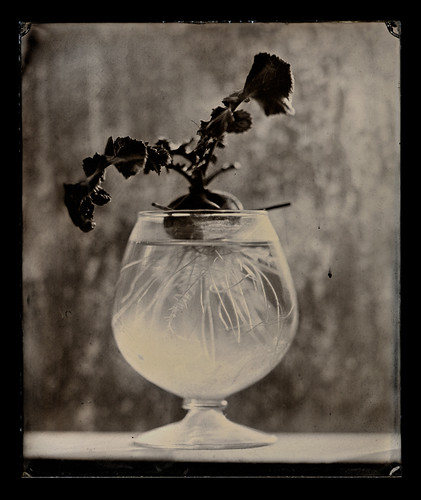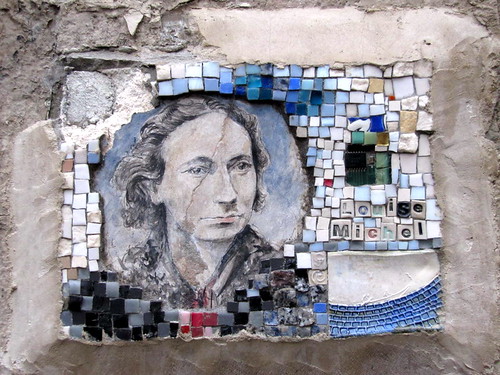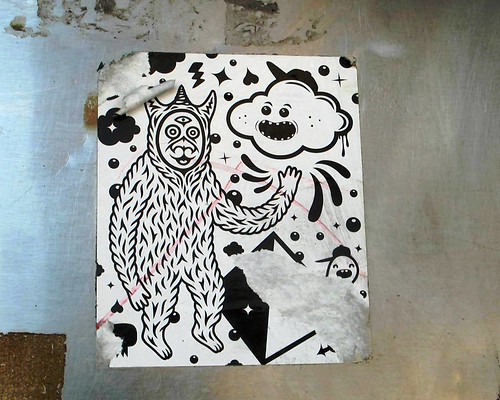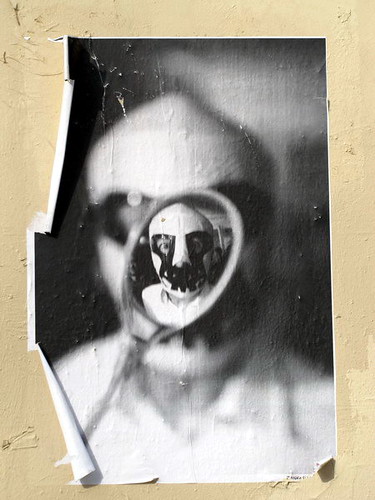MY VISUAL DIARY MENTAL IMAGE IS DEDICATED TO VISUAL CULTURE/CULT IMAGES/FASHION/ CONTEMPORARY ART/MEDIA ARCHAEOLOGY/ART HISTORY/CINEMA/PHOTOGRAPHY.
Wednesday, February 29, 2012
Caravaggio
| Michelangelo Merisi da Caravaggio (1571 - 1610) | |
| The importance of Caravaggio in 17th century painting is undeniable. He has been described as the greatest Italian painter of his time. His innovative departure from the idealised style of the 16th century, when painting religious themes, brought much criticism, but was influencial in the development of many artists to come. Many of Caravaggio's early works are disturbingly erotic, revealing a tempestuous and volatile character. His life was indeed as much a drama as the images he portrayed in his paintings. Caravaggio had a violent temper and was uncompromising with many who crossed his path. The real life plot of his life drew to a tragic climax when his passionate behaviour led to a charge of murder. It is said that he fought over the score of a court tennis match, killed his opponent and fled. With his art Caravaggio was just as uncompromising. He approached all he painted with an extreme conviction. He once said that only an artist that could "paint well and imitate well" deserved to be called a man. His paintings reflect the drama in his life with intense chiaroscuro effects - light often flows into dark shadowy scenes, at a dramatic angle from an unknown source, illuminating the focal point which as can be seen in one of his most famous works Supper at Emmaus, is Christ. The most characteristic aspect of Caravaggio's paintings is his portraying of biblical characters as everyday, ordinary people. Described as a 'naturalist' Caravaggio prided himself on working directly from nature. He replaced conventional forms and manners with the insistance on painting entirely from the model in the studio. | |
Labels:
Caravaggio,
PAINTING
Subscribe to:
Comments (Atom)

![Untitled by sate[]ite](http://farm8.staticflickr.com/7193/6941792909_63724ef9c2.jpg)
























































































































